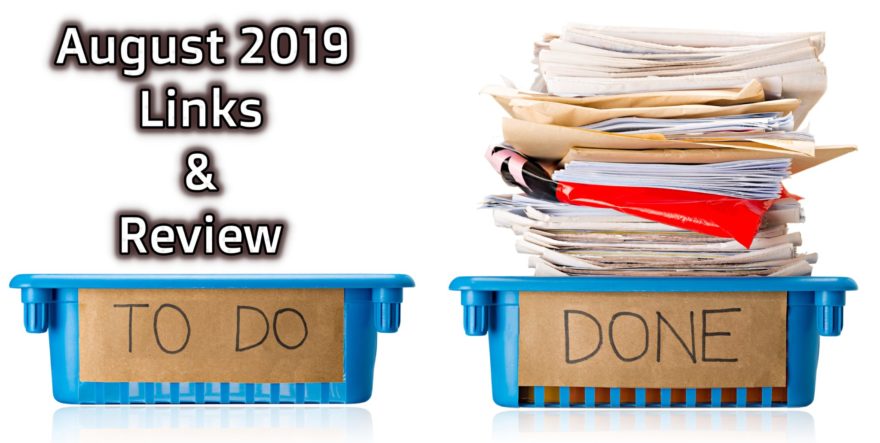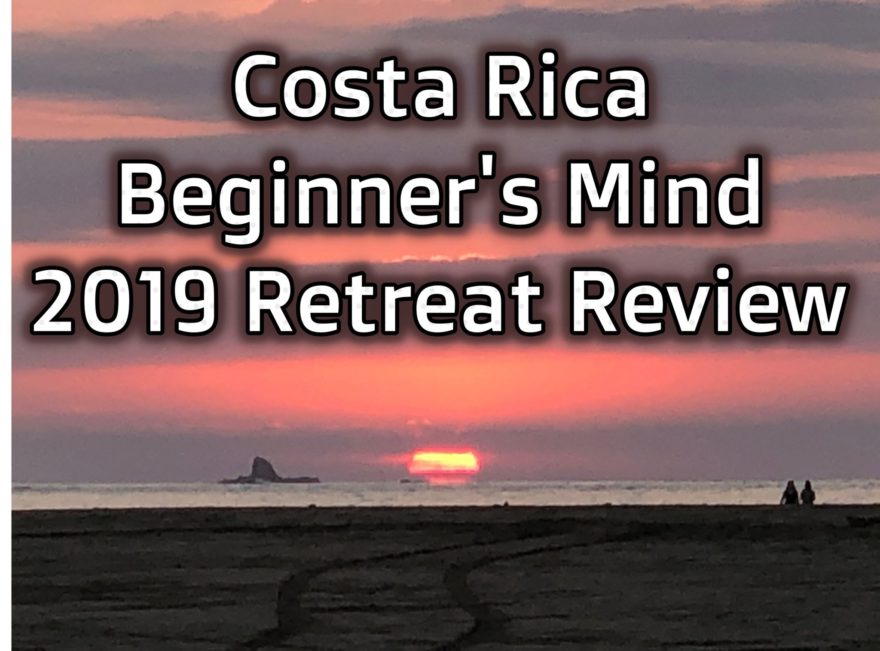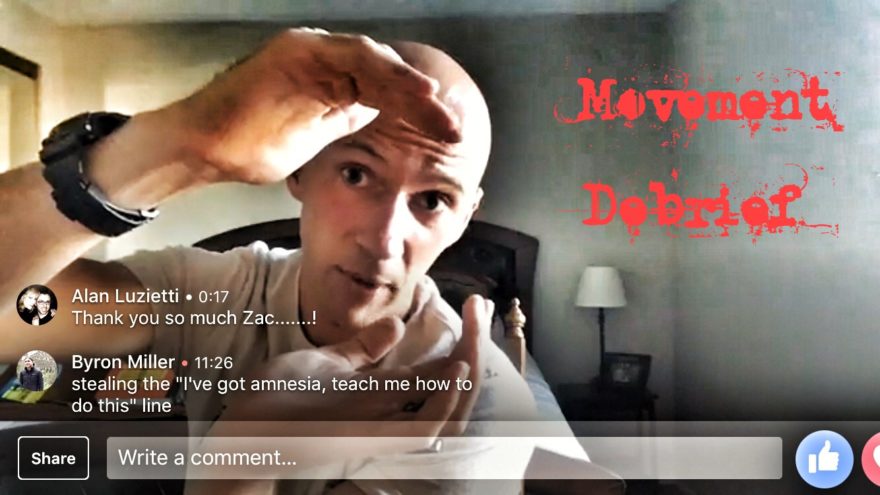Tag: stress
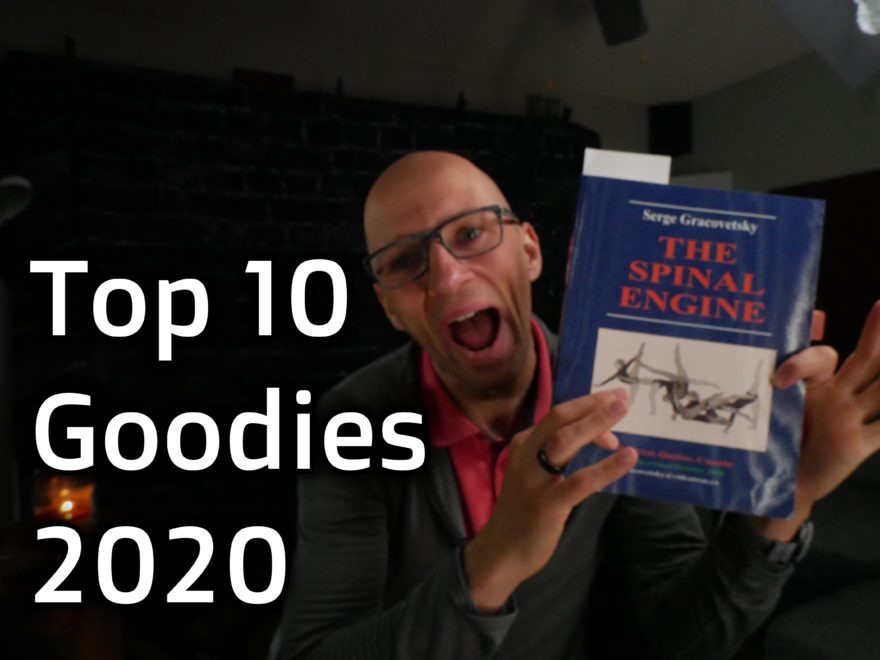
Top 10 Goodies of 2020
From tight hip flexors to cardio to sleep, check out the top 10 goodies of 2020
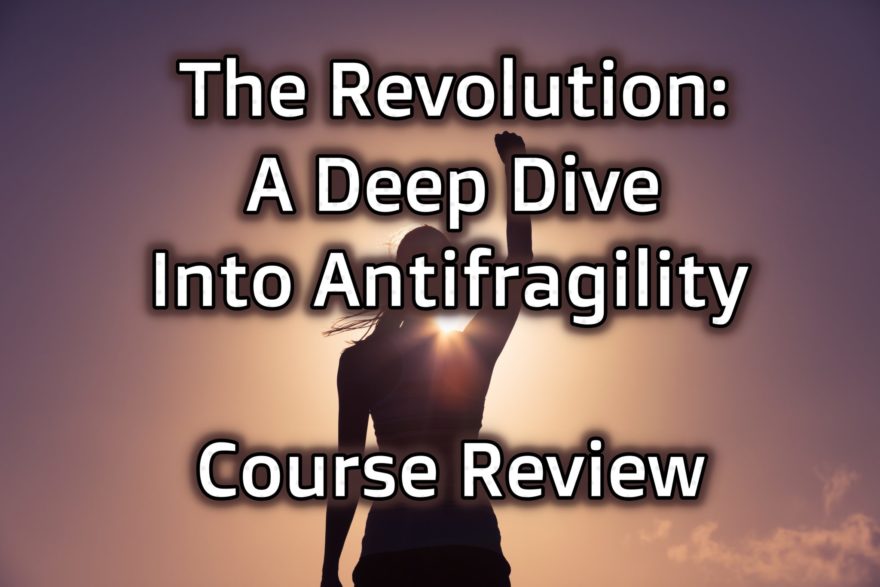
The Revolution: A Deep Dive into Antifragility Course Review
Antifragility is beyond resilience or robustness. The resilient resists shocks and stays the same; the antifragile gets better. ~ Nassim…
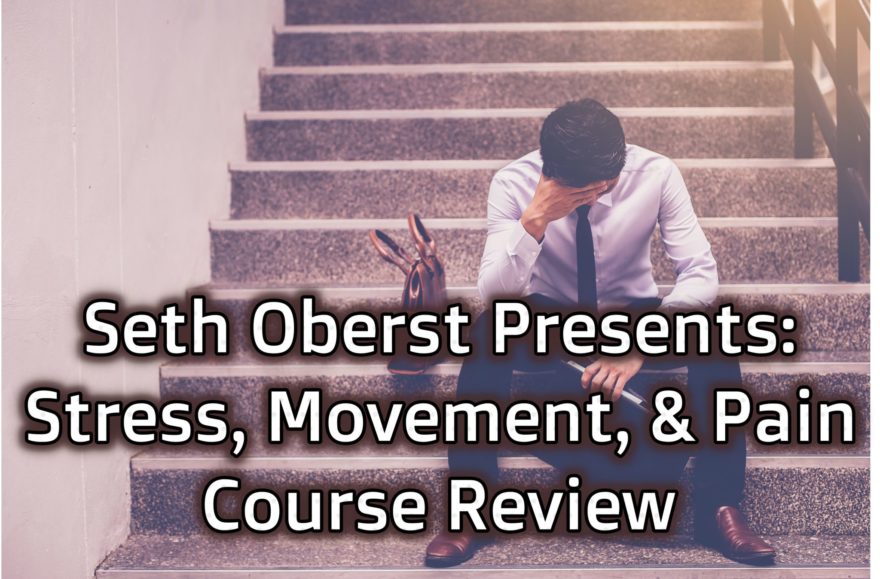
Seth Oberst’s Stress, Movement, and Pain Course Review
Do you work with people who are stressed? Dumb question, right? Who isn’t stressed today? In fact, stress levels are…
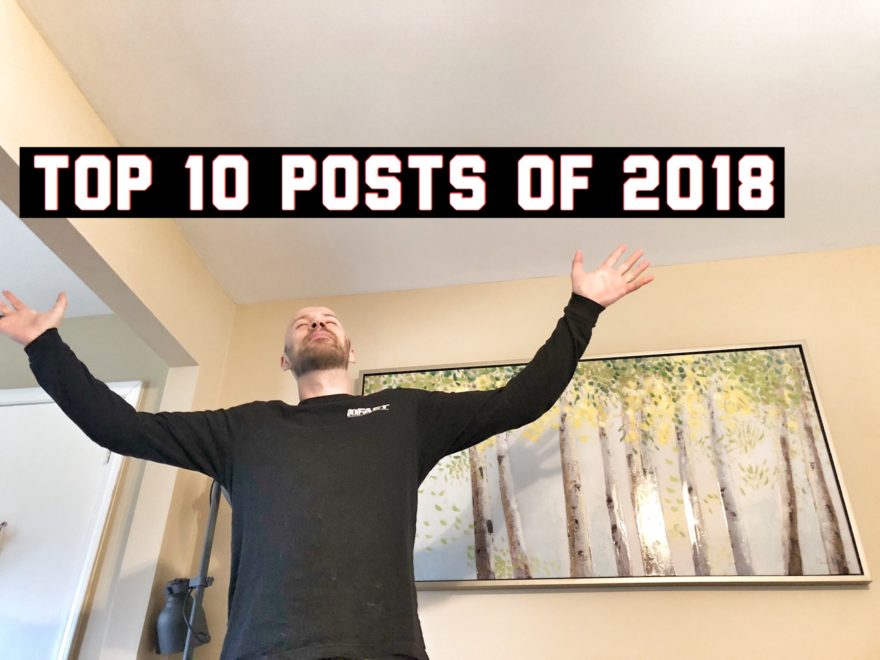
Top 10 Posts of 2018
At the end of each year, I like to see what you beautiful…sexy…outstanding people liked. What the fam….recognized (fam). This…
Better Breathing Buy-in: Educating Clients in 4 Easy Steps
I get a lot of questions from fam such as yourself, wondering: “Zac, you do some weird, wild and crazy…
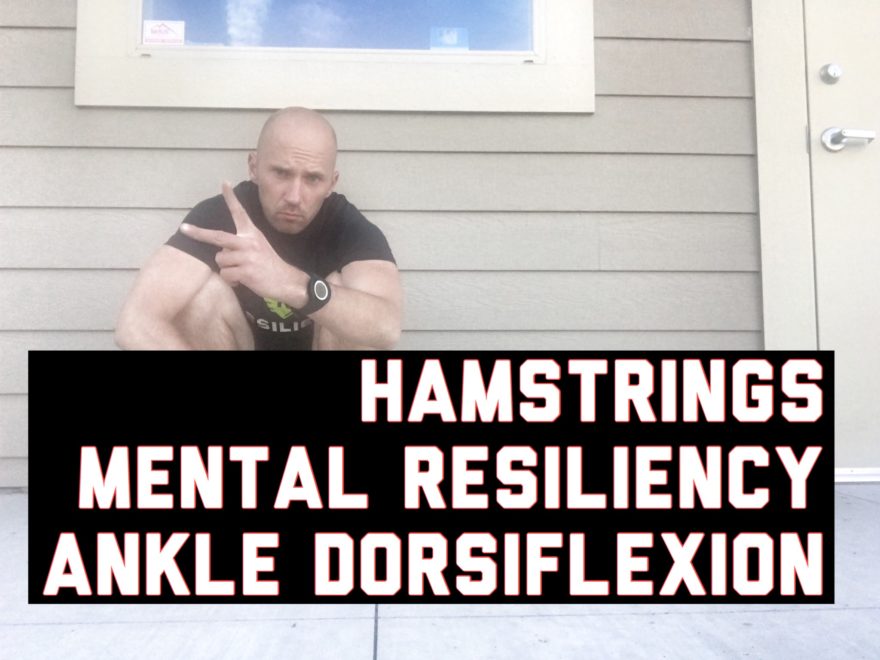
Hamstrings, Mental Resiliency, and Ankle Dorsiflexion – Movement Debrief Episode 47
Movement Debrief Episode 47 is in the books. Below is a copy of the video for your viewing pleasure, and…
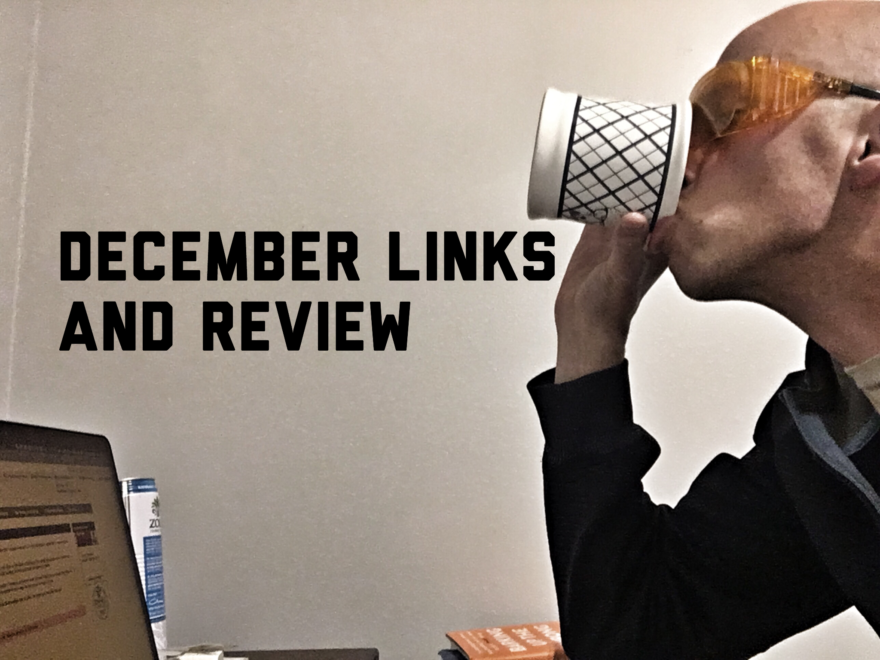
December Links and Review
Every week, my newsletter subscribers get links to some of the goodies that I’ve come across on the internets. Here…
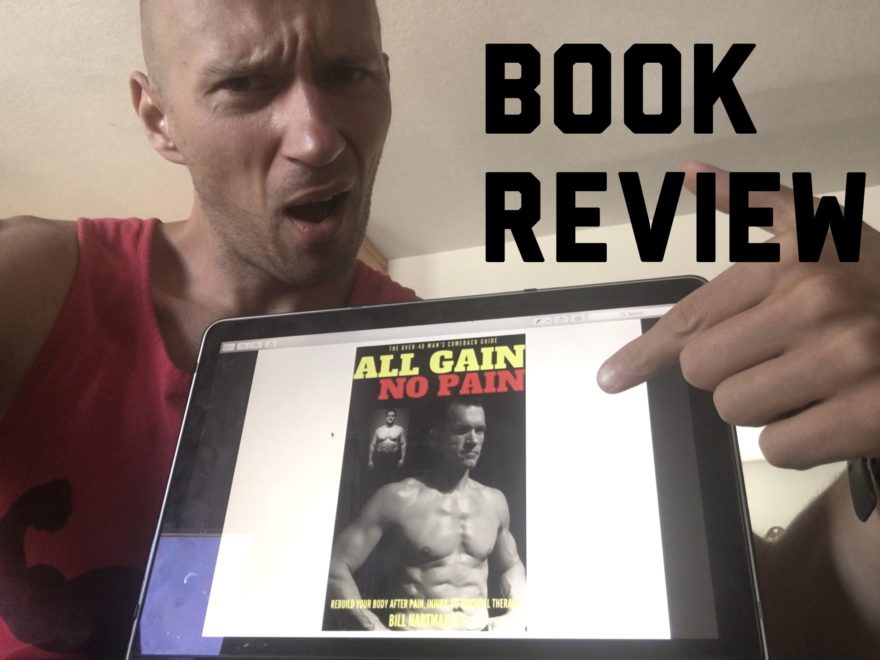
All Gain, No Pain Book Review
For those of you who don’t know, my colleague, mentor, friend, and Daddy-O Pops Bill Hartman is about to release…
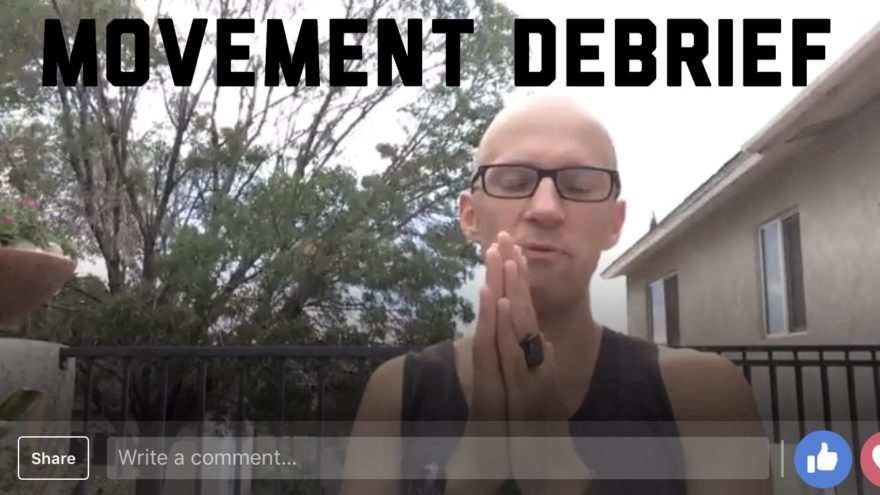
D League Readiness Measures, Navigating Flare-ups, and Should I get the OCS? – Movement Debrief Episode 16
Just in case you missed last night’s Movement Debrief Episode 16, here is a copy of the video and audio…
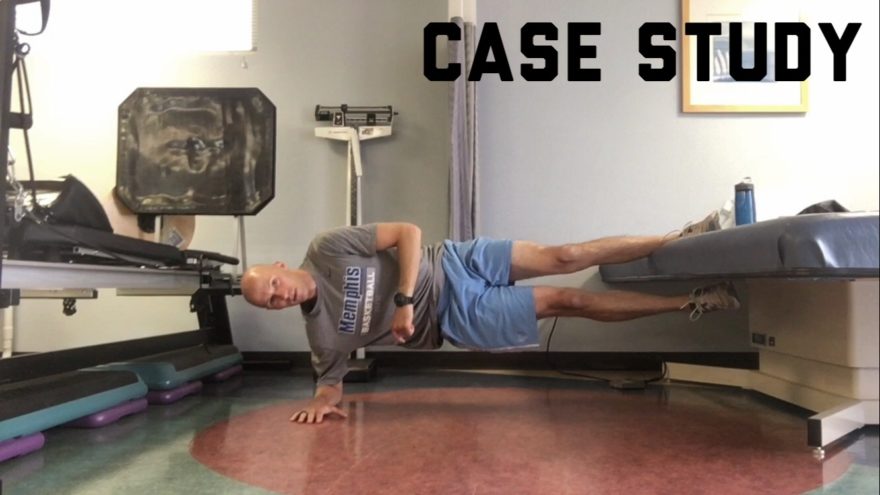
How to Treat Pain with Sitting – A Case Study
Case studies are much more valuable than many give credit for. It is this type of study that can often…
Course Notes: BSMPG 2015
#Bestconferenceevaahhhhh I shipped off to Boston to attend my first ever BSMPG summer symposium. And it was easily one of…

It’s the Salient Detection System, Stupid
Can you tell the difference among pain, depression, and pleasure? From a neurotransmitter perspective, the answer is no (see here…

